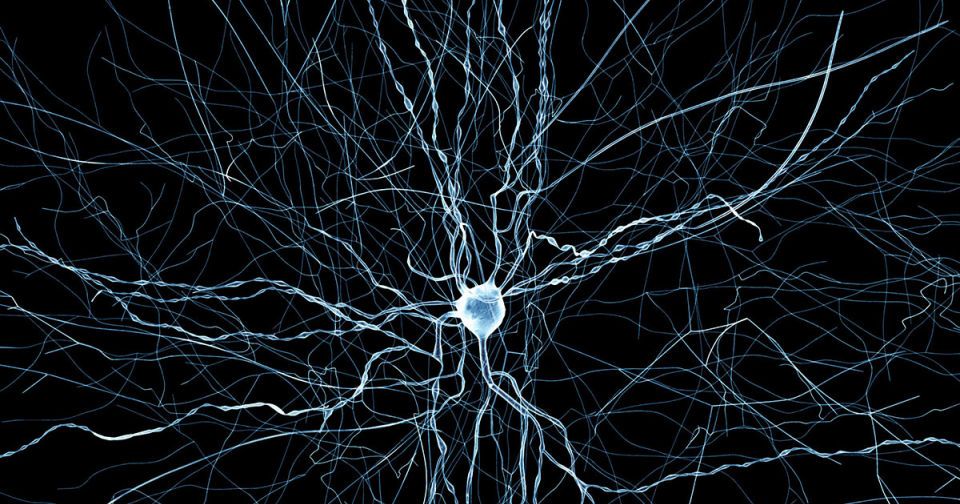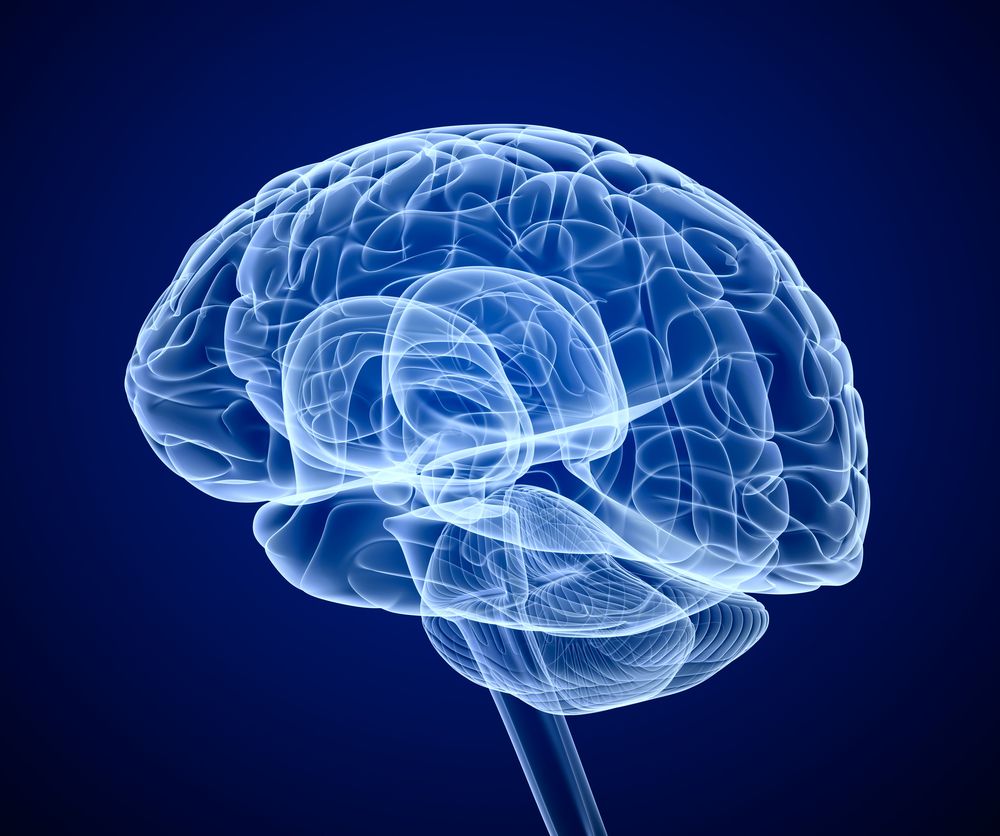Oct 9, 2015
The Light L16 uses 16 cameras on its front to take 52-megapixel photos
Posted by Shailesh Prasad in category: electronics
Light’s compact L16 camera has 16 camera modules on its front, and is gunning to kill DSLRs.
![]()
Light’s compact L16 camera has 16 camera modules on its front, and is gunning to kill DSLRs.
Artificial hearts can be clunky and flawed, but making one out of foam could be an efficient and reliable solution.
What if the vehicle delivering the goods to a remote village or group of soldiers could just vanish after it made the drop? Sounds crazy, right? Well, DARPA is hoping to do just that. The research unit it looking to develop solutions that can carry supplies to their intended destinations and then disappear. Named for the story of a man who’s wings of feathers and wax melted when he flew too close to the sun, DARPA’s new ICARUS program that’ll examine the possibilities is an extension of its VAPR project. Of course, we expect DARPA is aiming for a more positive outcome. VAPR, which stands for Vanishing Programmable Resources, has developed self-destructing electronic components since it began two years ago. Aside from the obvious military uses, DARPA says a vehicle that vanishes in to thin air could also offer an unmanned solution for taking critical supplies to hard to reach areas in the aftermath of events like a natural disaster. Once the load is delivered, personnel wouldn’t have to worry about getting the vehicle back out of the area.
[Image credit: SEBASTIEN BOZON/AFP/Getty Images].

The Blue Brain Project is a vast effort by 82 scientists worldwide to digitally recreate the human brain. While still far from that goal, the team revealed a breakthrough that has already provided insight into sleep, memory and neurological disorders. They created a simulation of a third of a cubic millimeter of a rat’s brain. While that might not sound like much, it involves 30,000 neurons and 37 million synapses. In addition, the simulated level of biological accuracy is far beyond anything so far. It allowed them to reproduce known brain activities — such as how neurons respond to touch — and has already yielded discoveries about the brain that were impossible to get biologically.
To create the simulation, researchers did thousands of experiments on rat brains over a 20 year period, logging each type of synapse and neuron discovered. That led to a set of fundamental rules describing how neurons connect to synapses and form microcircuits. Using the data, they developed an algorithm to pinpoint the synapse locations, simulating the circuitry of a rat’s brain. All of that data was then run through a supercomputer: “It was only with this kind of infrastructure that we could solve the billions of equations needed,” said software lead Felix Schurmann.
Treating cancer by boosting the immune system has been hailed as a major breakthrough in cancer treatment. It may melt away tumours in some patients but it isn’t always effective, and can even be dangerous.
The FDA approved two new immunotherapy drugs in 2015, and over half current cancer trials now involve immunotherapy. The field has the potential to completely change cancer treatment, but it’s still early days.

For all of man’s scientific and technological advances, the human brain largely remains a mystery. A new Vimeo video, “Master/Mind,” examines the state of research on the human mind and the questions that scientists, ethicists, futurists and others are asking in light of what we’re learning about the mind. The video, a Vimeo Staff Pick, consists of a series of comments from scientists, technologist, futurists and ethicists.
Automation, robotics and artificial intelligence are developing so rapidly that many people are wondering if some day, man will no longer harness science but rather be controlled by it. As this question weighs heavily on peoples’ mind, there has been a focus on understanding the human brain.
Continue reading “The Possibilities and the Future of Brain Hacking” »
What can skyrmions do for you? These ghostly quantum rings, heretofore glimpsed only under extreme laboratory conditions, just might be the basis for a new type of computer memory that never loses its grip on the data it stores.
Now, thanks to a research team including scientists from the National Institute of Standards and Technology (NIST), the exotic ring-shaped magnetic effects have been coaxed out of the physicist’s deepfreeze with a straightforward method that creates magnetic skyrmions under ambient room conditions. The achievement brings skyrmions a step closer for use in real-world data storage as well as other novel magnetic and electronic technologies.
If you have a passing familiarity with particle physics, you might expect skyrmions to be particles; after all, they sound a lot like fermions, a class of particles that includes protons and neutrons. But skyrmions are not fundamental pieces of matter (not even of yogurt); they are effects named after the physicist who proposed them. Until just recently, magnetic skyrmions had only been seen at very low temperatures and under powerful magnetic fields.
New article on Immortality Bus trip promoting transhumanism with new videos:
It seemed a wild, impossible dream a year ago when I told my wife and young daughters I was going to drive a bus shaped like a coffin across America to raise life extension issues. A week ago, I just finished the second stage of the tour. Soon I’ll begin the third stage from Arizona to Texas, and then across the Bible Belt to Washington DC, where I plan to post a Transhumanist Bill of Rights to the US Capitol building.
If the bus tour seems like a wacky idea–especially for a presidential candidate –it’s because it is. Of course, to transhumanists, a more wacky idea is how most of our nation largely accepts death as a way of life. In the 21st Century, with the amazing science and technology this country has, I don’t believe death needs to be left unconquered. If, as a nation, we would just apply our ingenuity and resources, we could probably conquer death in a decade’s time with modern medicine. That’s precisely the reason why I’m running for president and driving the coffin bus around the country; I want to tell people the important news and get them to support radical technology and longevity science.
Continue reading “Transhumanism Immortality Bus Underway Across America” »

Adobe engineer Ashutosh Jagdish Sharma demonstrated the technology on stage, enlisting the help of host Kim Chambers and Parks and Rec star Nick Offerman to act as stand-in tourists who were getting in the way of the desired shot. When the smartphone was held in place, Monument Mode was able to slowly erase the “tourists” from the image, building up a clear version of the photo slowly as human obstructions moved around. Even though Chambers and Offerman remained inside the frame, the final result showed the background only, the feature able to create a clear image from multiple shots.
Traditionally photographers have been able to remove tourists and other obstructions after their photos are taken with clever Photoshop work, by taking multiple shots, or by taking them from various angles. But Monument Mode works in real-time, cutting down on legwork, and requiring fewer photo-editing skills. The company says it the feature ”uses a new algorithm to distinguish moving objects from fixed ones,” but notes that it’s still only a tech preview, and that it may not come to fruition. That said, the company has a history of swiftly incorporating technology shown off at its MAX conferences. Adobe first detailed its “dehaze” feature during the same segment at last year’s show — it now comes as standard in Lightroom.
